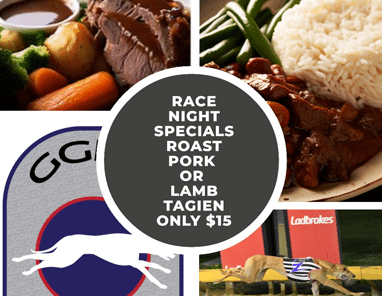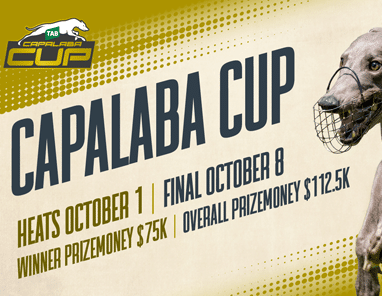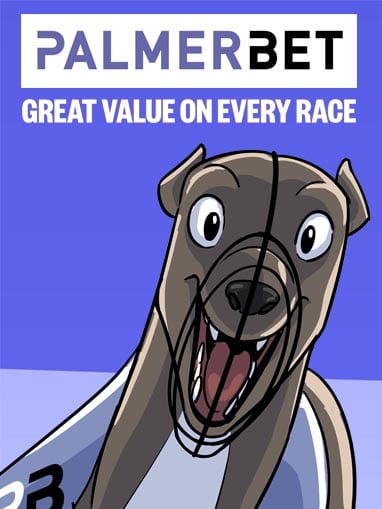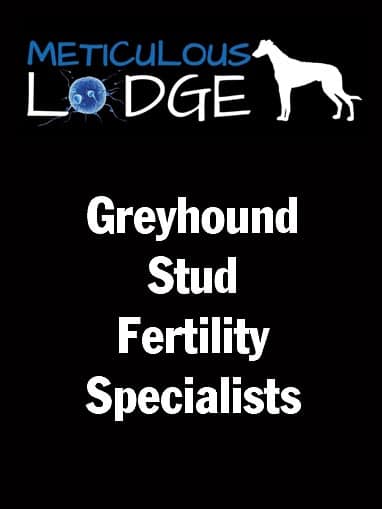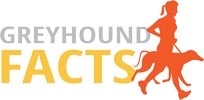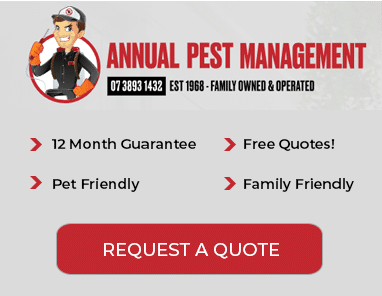
By MIKE HILL
DESLEY Williams has returned to training – an aspect of the sport that gave her great pleasure and joy some years back.
Best known for her association with the mighty Dashing Corsair – the only greyhound to win the National Sprint and Distance Championship double – Williams has been away from the collar and lead for almost a decade.
But she hasn’t been away from the industry.
After giving up her trainer’s licence in 2012, Williams enhanced her reputation as a professional whelper, she also dabbled in the ownership of some smart chasers and in recent times has published a step-by-step guide for the care of broodbitches and their pups.
Called the Greyhound Whelping Handbook, Desley is proud of her work and thrilled at the book’s early success.
“I have sold copies to the US, Ireland, England, Scotland and New Zealand and all around Australia,” she said. “It is going really well.”
With more than 20 years involvement in the sport, Williams is featured in this month’s The Trainer column.
From 2008 to 2011, she enjoyed the ride of a lifetime with Dashing Corsair, better known as ‘Harry’.
Winner of 57 races, 38 of those at Albion Park, and more than $455,000 in prizemoney, the grand chaser ended his career on a winning note with a memorable victory in the 2011 National Distance Championship on home soil at Albion Park.
In an amazing career, the red fawn dog (Malfoy-Rose Flamenco) qualified for 22 Group finals, winning five.
Last month Williams, now based at Churchable, said she had received her trainer’s licence ‘three or four weeks’ ago.
And she admits she’s taking things slow and easy.
Williams has taken over the preparation of her talented sprinter Canya Kick (27: 8-4-4) from fellow trainer Kerry Hoggan.
“Canya Kick is so keen, she’s over-keen,” Desley said. “She’s so highly strung, she’s a handful.
“I said to Kerry, who has a big kennel, ‘I’ll take over her training, maybe she’ll settle down a bit in a smaller one-on-one situation’.
“Canya Kick, recovering from a slight injury, is back in work and should resume racing in early February.”
Desley also has a couple of 12-month-old Dashing Corsair pups ready to be broken in.
“I have them booked in with John Collins in mid-February,” she said.
During her time away from training, while based at Toogoolawah, near Esk (SE Qd), Williams was busy whelping pups for some of Queensland’s leading owner-breeders, including Steve Williams (Velocity Lodge), Chris Georgiou and Scott Duffy and leading trainer Tony Brett.
Just last month she spent an all-night vigil with broodbitch Velocity Mia (Dashing Corsair-Velocity Zip) as she helped to deliver 10 pups by Velocity Lodge’s three-time Group winner Jury.
Velocity Mia is a litter sister to another of Desley’s smart sprinters Inequity.
“Steve and I are going 50-50 in the litter,” she said.
1: How and when did you get involved in greyhound racing?
A: Through my ex-husband who had a couple of greyhounds with his brother in 2000.
2: Who has been the greatest influence on you as a trainer?
A: Tony Brett. I have been lucky to have looked after his dogs for him on a couple of occasions.
3: At what age do you start preparing a pup for racing?
A: I send my dogs to be broken in at 14 months and when they come back I start preparing them after a two-week rest. It takes six to eight weeks until they are ready for their first start.
4: How long does it take to prepare a pup for its first race?
A: It starts from birth, making sure your pup has the best of care, keeping them with their mum as long as possible as mum is a great teacher. Diet, exercise, worming, vaccinations and socialisation with other pups – this all attributes to their future racing. You can’t cut corners when you are preparing pups to be elite athletes. You then get them broken in and then pre-training starts, which includes taking them to race tracks for trials, exercise regime and diet. And then when you are happy with their progress, they have their first start. This is the most exciting time you could ever experience, watching your dog that you have reared, nurtured and prepared for its first start. You don’t even realise that you are cheering your heart out for your dog, it is a very proud moment. Our dogs are like our kids and are treated with great respect.
5: What makes a good pup?
A: Definitely a good balanced diet and exercise, pedigree is the big factor, having a good broodbitch and choosing the right sire.
6: Do you do anything special when preparing a young dog for its maiden compared to a seasoned performer?
A: A performed racer has its diet and exercise already set in place – you already know how much to feed them and gauging their weight to their performance, while a maiden dog is a new project. Getting to know what weight suits their performance, how they handle a full field, how they handle getting bumps by other dogs, this is all taken into account and you can work on the things that your dog needs to improve on.
7: Do you have a set routine for all your greyhounds or do you vary training for individual runners?
A: I have a routine for my dogs, but there is always those dogs that need something different, as in: they can only handle one run a week or another dog needs an extra run during the week. You get to know your dogs and you work with them.
8: Do you have any unique or unusual methods you would like to share in regard to training?
A: No not really, you just need to know your dog.
9: Do you swim your dogs as part of your training regime?
A: No, I have never had the opportunity to do that.
10: How frequently do you like to race your dogs?
A: Once a week but it depends on what distance your dog runs.
11: What’s your training routine for dogs between races?
A: Firstly, I would have my dog checked for any injuries, I put them on a walking machine every day and give them a run up a straight track, again depending on the dog.
12: Do you do all muscle work on your dogs or do you use a professional muscle man?
A: I prefer to use a professional muscle man. Pat Dennis always checked our dogs, especially Harry (Dashing Corsair). Harry was an iron dog and never had any major injuries.
13: Do you treat all injuries to your dogs yourself?
A: Yes I do, I go on what my muscle man suggests for that particular injury.
14: Which is the best greyhound you have trained?
A: Well…that is an easy question: Dashing Corsair (Harry).
15: What do you consider is the best greyhound track in Australia and why?
A: I would have to say Wentworth Park. The atmosphere is wonderful, you are trackside and get to see the greyhounds up close. They always draw big crowds which is lacking up here in Queensland. Wentworth Park has 18 Group and Listed races each year, I might be wrong on those numbers, but I know they have the most – these races draw crowds.
16: What does the industry need most going forward?
A: The biggest thing we need is to encourage younger people to get involved in racing and breeding. We need the industry to keep growing and it won’t if we don’t encourage the younger generation.
17: What is the best advice you could give someone just starting out as a trainer?
A: Don’t expect too much too soon – take your time and enjoy the experiences. Being a good trainer takes hard work and dedication.


